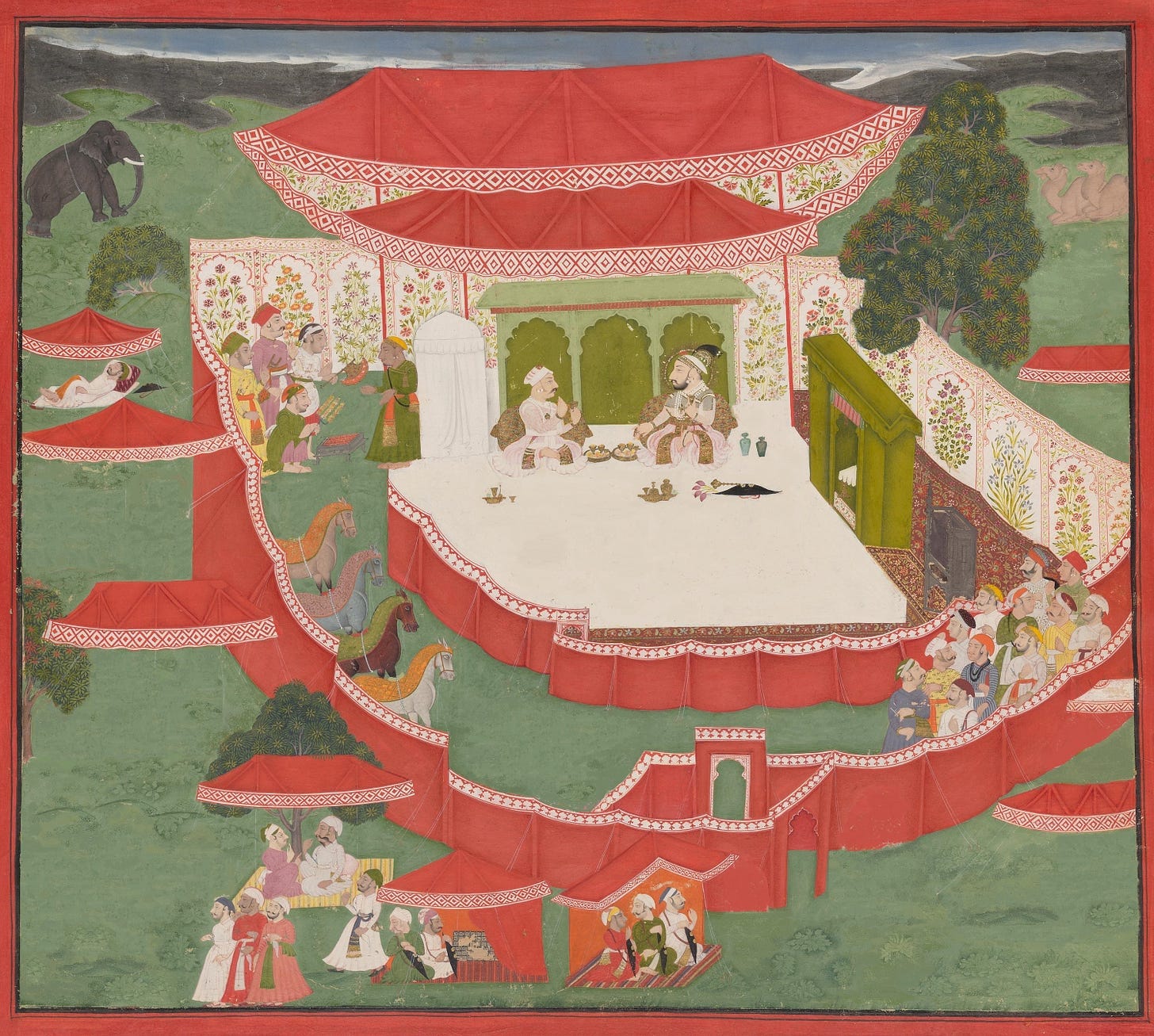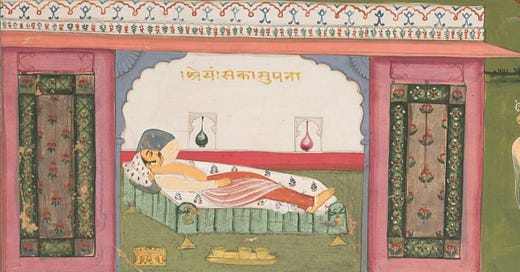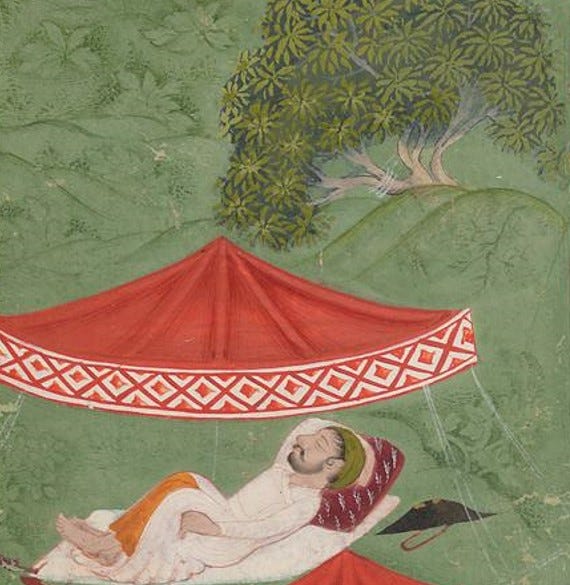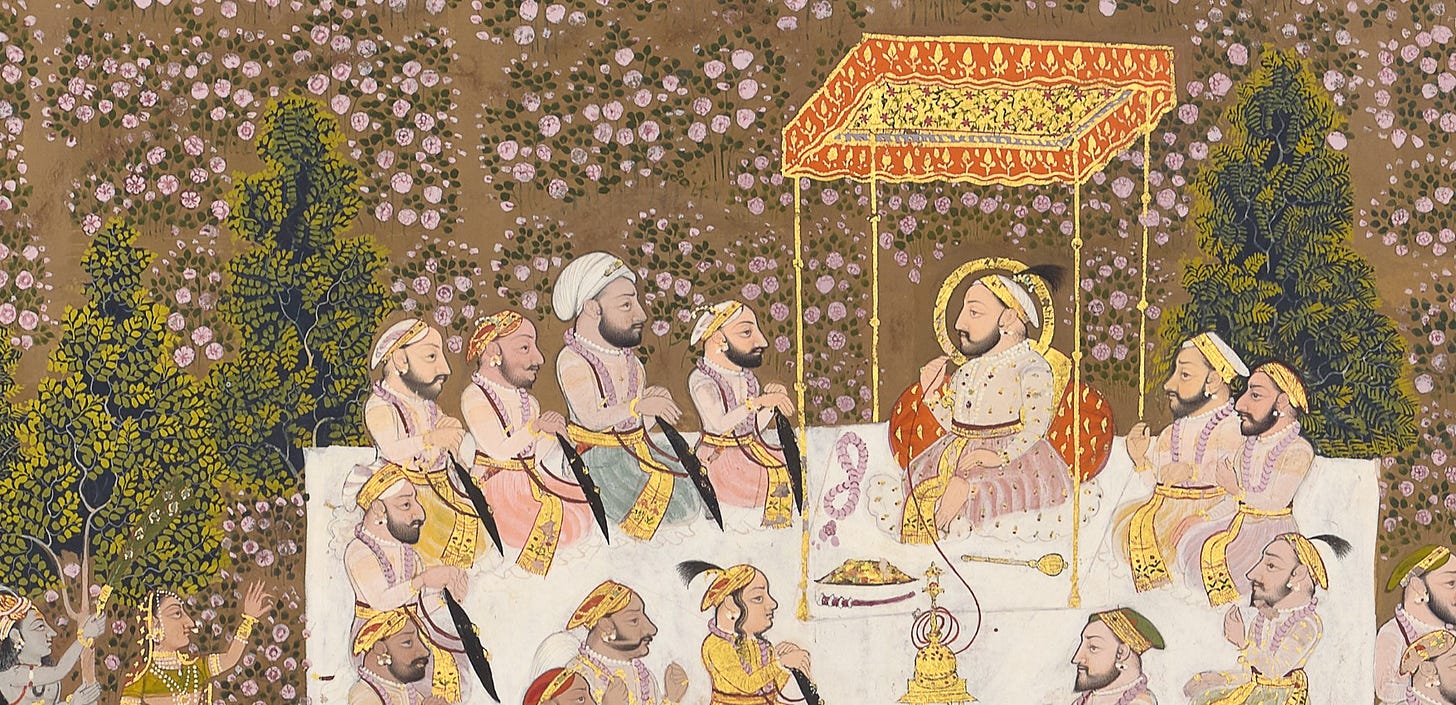An Olfactory map of intangible histories:
One of my earliest smell-memories is of summers spent in the “pink and green Jaipur house” as a child whenever we visited India through the 80s and early 90s. In this spacious maternal home built in the 60s (it’s demolished now), every afternoon would bring a lull as grand aunties, uncles, cousins disappeared into their rooms for lengthy afternoon naps. A bustling house, suddenly quiet, was my chance to explore the odd nooks and things undisturbed. The only sound was the loud hum of cooler-fans that scented the air, misty with drenched vetiver matting (inserted in the sides of these boxy contraptions).
Many South Asians of a certain generation know this cooler-walla smell. This fragrance is bundled up with the heavy sensation of heat that lifts as soon as the first drops of rain hit the scorched ground, heralding visions of monsoon-clouds and ecstatic peacocks. Inhaling vetiver and drinking water infused with a kewra leaf in peak summers are two olfactory memories that when combined, transport some to a specific time and place in modern South Asia. “Desert Cooler” and “Kewra Water” are the two perfumes and synesthesia experiences inspired by a new chapter in Bagh-e Hind. I’ll elaborate towards the end of this letter, but North Indian vetiver itself, distilled in Kannauj and aged in copper vessels that transform the oil to a glossy viridian green, is a spectacular raw material that can be enjoyed on its own.
I thought plenty about these defunct engines that required crafted vetiver mats. Sadly, this segment of the craft industry dwindled once energy efficient fans and air-conditioners became affordable for the middle class. Here’s an article that summarises their fate.
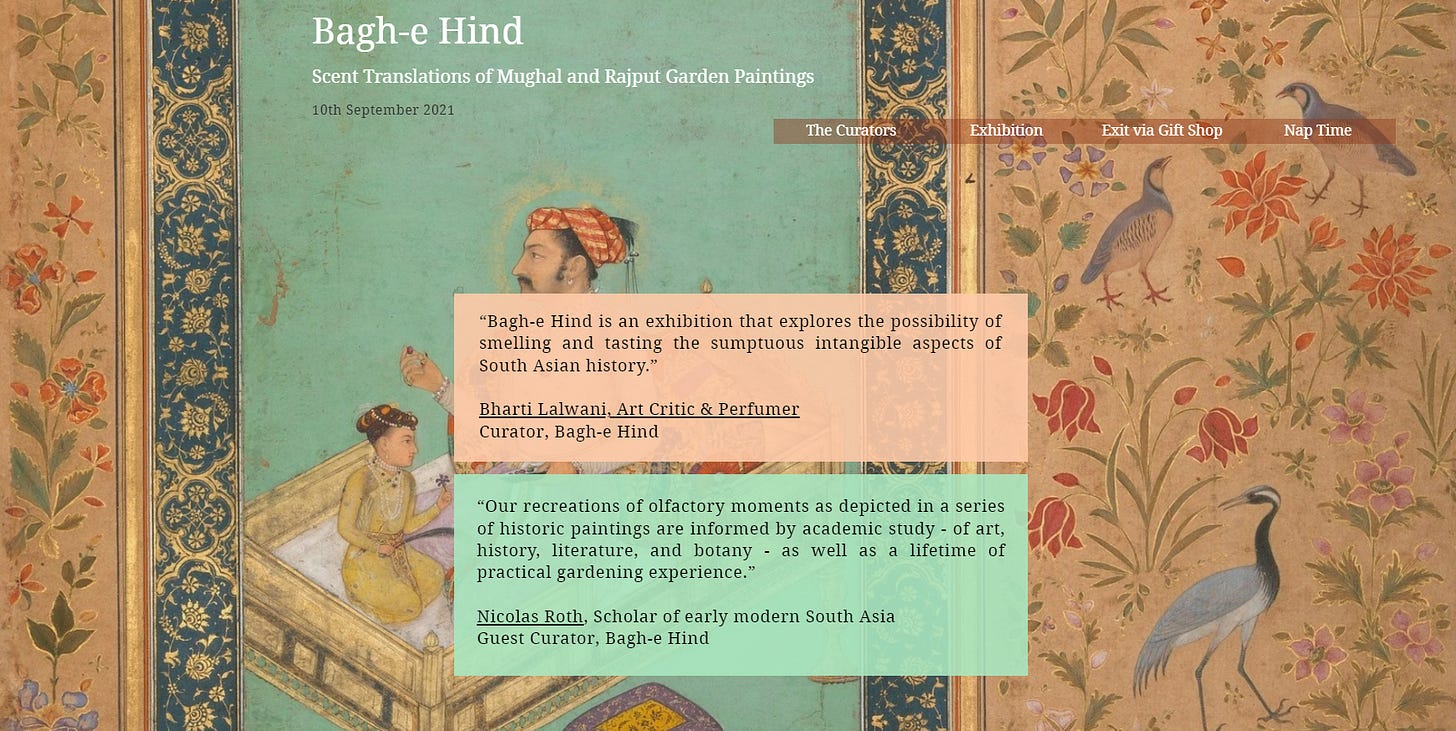
Nap Time: Arriving at incense-infused sleep
I never took the idea of naps seriously until recently. Over the space of the twelve months since July 2021, I have existed in a constant state of panic. I had one long-haul virtual exhibition-collaboration to manage, one physical exhibition in Los Angeles to devise and produce; income to generate to keep the website bolstered in place, keep my own lights on, commission essays and cash-in all my goodwill-coupons to elicit support from far-away friends in the art world. I could not afford missteps and everything had to be appropriate. Through the year and even until recently, I have fended off comments that come exclusively from institutionally-cushioned folks on how I might be “using” scholarship to “profit” off it, or for using “a white scholar’s name” to benefit nefariously somehow, or on how my virtual museum’s Gift Shop is “problematic” seeing as how I transformed scholarship into something that can be bought and inhaled — Genius, actually!
Bagh-e Hind, a site of no compromise, felt like it was drafted largely out of literal and metaphysical nothingness. While I was able to hyper-focus on materialising many brilliant ideas, the exhaustion from keeping constant emotional vigilance kept catching me unawares. I would wake up, prepare breakfast, find myself completely overwhelmed by 11 AM and take a two hour nap. Or I would give a curatorial tour online and then collapse for three hours. Or I would test pages on baghehind.com, stare at its excessive beauty while being literally surrounded by visual (urban) ugliness and suddenly, all my deficits, be they monetary, infrastructural, cultural, floral, would become so painfully visible, that I would shut down for the entire day/week. Add to that the oppressive patriarchy I am generally surrounded by and I just want to disappear. All year, in sleep, I sought refuge.
Most of my difficulties are behind me only since last month, now that I am well on my way to unambiguously profiting from so expertly mining my own history and heritage thanks to a finally thriving perfumery practice that allows me to breathe. I spent the last few weeks fixing safety nets for myself. I am in the process of buying elegant furniture for my apartment that has been threadbare since I moved in three years ago; I can afford to frame some gorgeous prints from my own exhibition to enjoy, and maybe paint my walls “Jaipur” pink…I am also learning anew how to shut away from the world, not because I might be overwhelmed but for the serenity of it.
Funny thing is, the literal moment my spectacular engine of a brain relaxed, I was struck with yet another splendid idea! I workshopped this concept of rest in pre-colonial times with my scholar-friend Lily, who pointed me to African American artist Tricia Hersey whose manifesto I pinned as my North Star.
Having trawled through various South Asian collections online, I’ve found paintings upon paintings depicting leisure and rest in the early modern period. Small details here and there catch my eye — an ornate shawl, a richly patterned floor covering, exquisitely embroidered bolsters, and beds, beds, beds! Not just regular charpoy scented with rose-water sprinklers, but also makeshift “beds” of lotus petals, of banana leaves, of oleander flowers! The parameters of Nap Time as a premise quickly began to make sense— It is reasonable to look to the wisdom and humour embedded in these historic paintings, close our eyes in the present and imagine a better future, one where abundant lush greenery exists for us to leisure in.
“Nap Time in early modern South Asia” is a self-contained offshoot that affirms my own belief in idealism as a virtue to cultivate in practice. It is a twiglet that reaches out to the public, offering an invitation to come into our gardens and fall asleep beneath the fragrant flowers. This time, the exhibition comes together by incorporating the expertise of not one but several scholars.
I’ve asked myself why bother expanding the project especially if the establishment of its foundational chapters eventually felt futile?
Honestly, I detest the fact that our only engagement with South Asian art history is either through academia (full of gatekeepers and powerless virtue-signalling scholars ready to neg one another), auction houses, or through various accounts on social media, where historians, dealers, luxury brands and dilettantes alike, present low-effort garbled information on paintings and cultural objects for our one-second attention-span. I hate seeing many of them riff on my concept with no attribution; I hate seeing how much influence and validation such mediocrity can accrue; and I hate this algorithm for distracting me from what truly matters here.
So, the only way to beat this apparently defeating scenario, is by reconfiguring its conditions from the outside with some original thinking. What if I reject the matrix altogether and return to the core premise at the crossroads of perfume, art and history: how does one build and sustain something of intangible value for the individual (me) and the collective (you)? And how do I create an original language, visual and sensorial, that can be accessed without barriers?
At this juncture, if you are still here with me, then we are well beyond any pretence. There is no bait and switch with perfume for art criticism. They are one and the same. I have resisted (and resented) my evolution into a one-woman institution, which was just a theory I wanted to test for a lark, but ended up creating in all seriousness, a privately run open-access “museum” equipped with steadily expanding research-resources. Here is space and potential to fund original scholarship, and with far more agility and transparency than any public institution.
Museums are businesses: This is why they are more likely to invest in basic blockbuster exhibitions that pander to the ticket-buying public, leading them straight through their gift shops. Rarely are exhibitions determined by merit, rather by money provided by donors who want to bolster the perceived value of their collections or to simply launder their reputations. All of this is public knowledge, so much so, that the pilot-plot of the TV show Leverage: Redemption (2021) hilariously titled "The Too Many Rembrandts Job", was about a team of con-artists taking down “an evil billionaire making money on the back of an opioid crisis” by proving his donations of paintings to major museums were all fake. Showing the billionaire to be the biggest fraud in the art world was so clever because the thing the wealthy value most is not money itself, but reputation and legitimacy. In real life, lawsuits against the Sackler family were settled at over $10bn just this March, and their name is still being scrubbed off most museum wings.
In stark contrast, the Trustees of my museum are the handful collaborators who kindly take up my invitation to build something meaningful. Its board members are the many individuals who acquire my synesthesia-artworks. They remain the stakeholders of Bagh-e Hind and by extension, these periodic Newsletters are reports on the health of our shared asset.
GREAT NEWS: Bagh-e Hind receives the NMG+GSUS micro-grant:
Speaking of funding, this August, I was very moved to receive a micro grant from Thejesh G.N. (Bangalore) who has been facilitating small, no-strings attached grants in the memory of his mother. He maintains an uncomplicated criteria and application system which is frankly inspiring! I can attest to the fact that every formal grant on offer is geared towards well-established artists, curators, or cultural workers, with stipulations on age and citizenship as added barricades. *Bonus points if you insist your work addresses social injustices*. — I therefore consider “Money” a love language that demonstrates how much we are willing to support someone in the pursuit of their potential.
READ: “Tracing history through fragrance” - Soup Magazine recently interviewed me on my smell-research and as usual, I had things* to say.
LISTEN: The Maydan Podcast | Knowledge and its producers - Dr. Nadirah Mansour, recently appointed as the inaugural Assistant Curator of Islamic Art at MFA Boston, interviewed Nicolas Roth and myself on our dual practices that forged the foundations of Bagh-e Hind.
Apart from the micro-batches of several perfumes in stock, here’s a glimpse of one that emerges from project Nap Time:
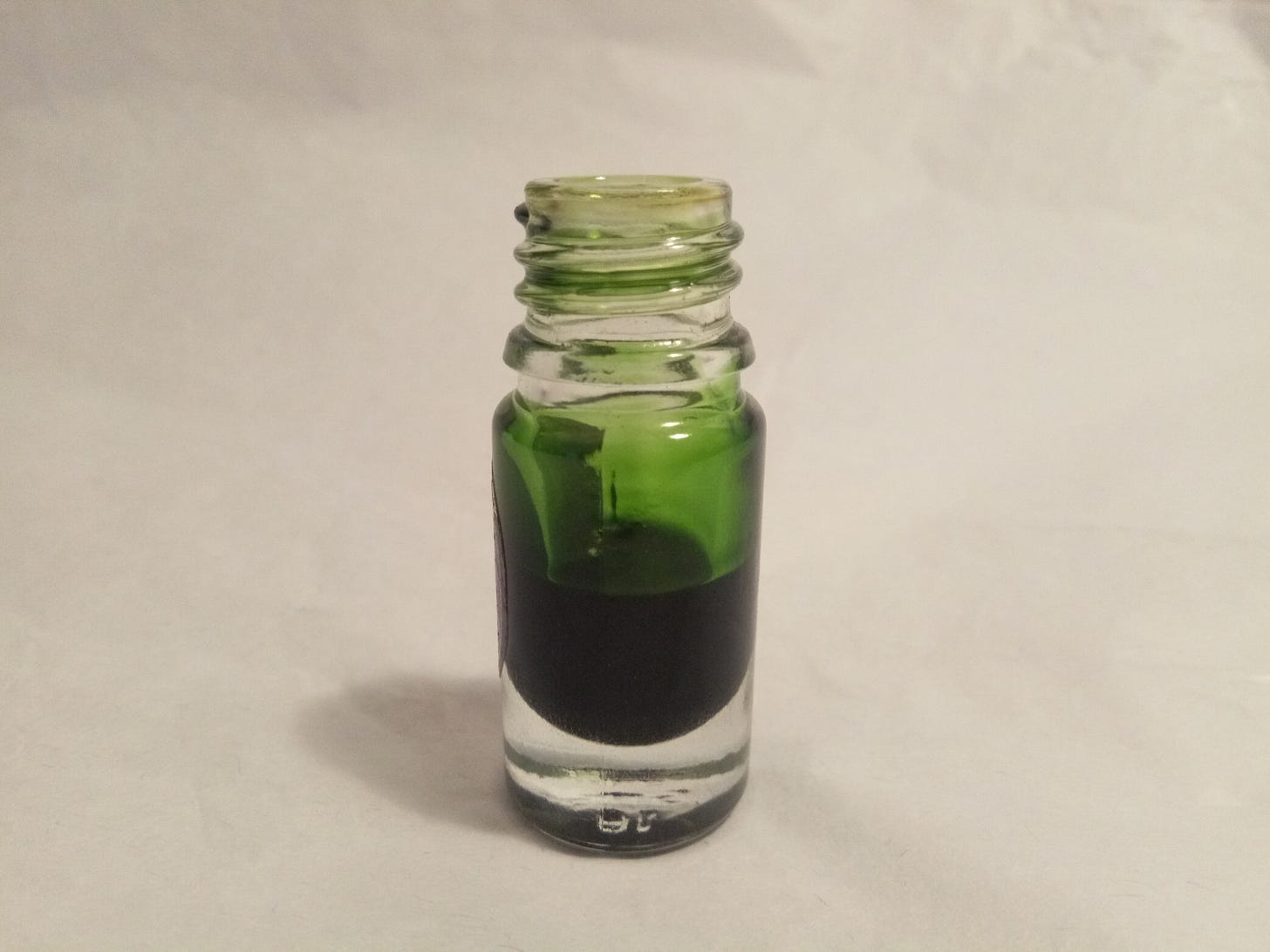
Spot the difference:
For those of you who enjoy old-school puzzles, here’s a nap-time twist I prepared by erasing figures and moving around objects within an illustration of power and politics in the court of 18th century Udaipur, that I so enjoy. Click on the manipulated image to access the actual painting in our newest exhibition gallery for comparison. Apart from the obvious, there are numerous subtle differences to spot as well. These galleries are still under construction so keep checking back in for updates.
